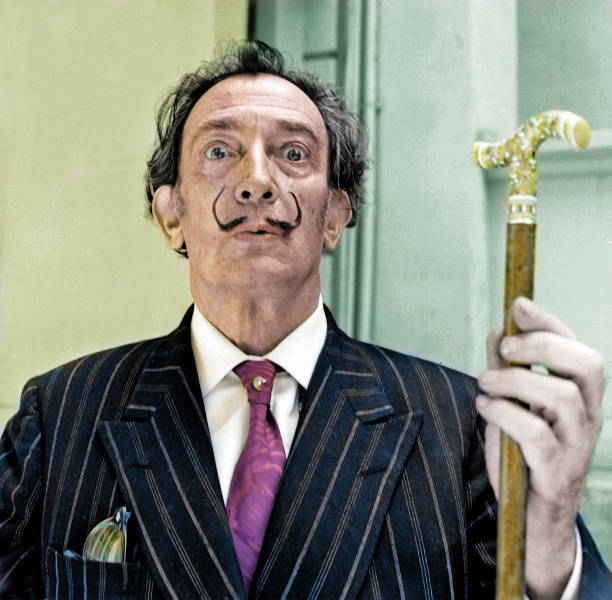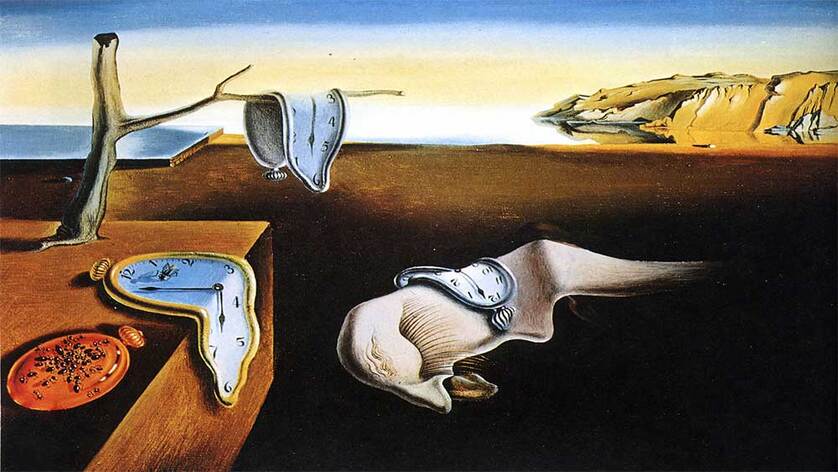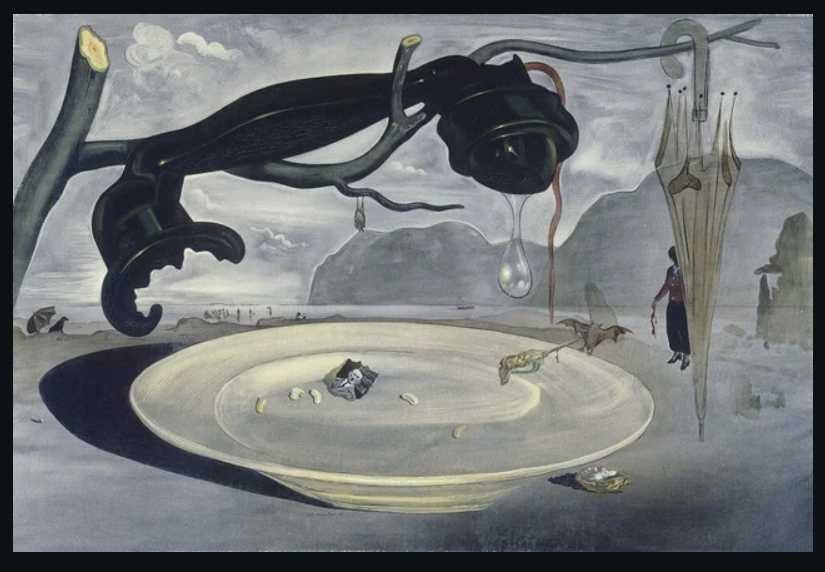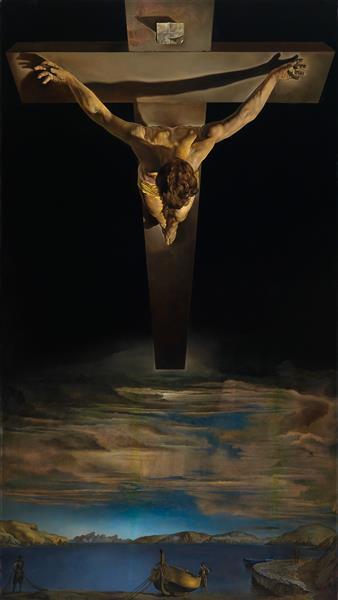
Salvador Dalí, one of the most enigmatic and influential artists of the 20th century, is renowned for his surrealist masterpieces that delve deep into the unconscious mind. While his work is often celebrated for its dream-like quality and meticulous detail, Dalí's political ideology also played a significant role in shaping his art. His political views evolved throughout his life, influenced by the turbulent times and places he lived, leaving an indelible mark on his creative output.
Early Life and Initial Political Leanings
Born in 1904 in Figueres, Spain, Dalí's early years were marked by the political instability of early 20th-century Europe. His formative years were spent in a Spain grappling with the decline of the monarchy, the rise of republicanism, and the chaos of World War I. Initially, Dalí exhibited leftist sympathies, which was common among many young artists and intellectuals of his time. He was influenced by the avant-garde movements in Barcelona, particularly the anarchist and communist sentiments that were gaining traction.
Surrealism and Political Ambiguity
Dalí's affiliation with the Surrealist movement in the late 1920s and early 1930s marked a crucial period in his political evolution. The Surrealists, led by André Breton, were heavily influenced by Marxist ideas and aimed to merge art with revolutionary politics. Dalí, however, often clashed with Breton and other Surrealists over political issues. Despite initially embracing some of their ideas, Dalí's apolitical stance and growing fascination with individualism set him apart.

One of the most notable works from this period is "The Persistence of Memory" (1931), which, while not overtly political, can be seen as a reflection of the anxieties and uncertainties of the time. The melting clocks and surreal landscape evoke a sense of distorted reality, mirroring the instability and fluidity of political ideologies during the interwar period.
Shift to Conservatism and Francoist Sympathies
Dalí's political views took a decisive turn during the Spanish Civil War (1936-1939). Unlike many of his contemporaries who supported the Republican cause, Dalí expressed a complex and often contradictory stance. He did not publicly endorse either side, which led to his expulsion from the Surrealist group in 1934. Over time, Dalí developed sympathies for Francisco Franco's nationalist regime, a stance that alienated many former colleagues and friends.

His painting "The Enigma of Hitler" (1939) illustrates his fascination with the fascist leaders of the time. The work depicts a telephone receiver and disjointed objects against a bleak landscape, suggesting a communication breakdown and the pervasive dread of looming war. This painting reflects Dalí's ambiguous and controversial views towards authoritarian figures.
Post-War Period and Catholicism
After World War II, Dalí's political ideology shifted towards a more conservative and traditional stance. He embraced Catholicism and became a vocal supporter of Francoist Spain. This period saw Dalí creating works that celebrated religious themes and Spanish heritage, blending his surrealist style with classical influences.

One of his major works from this era, "Christ of Saint John of the Cross" (1951), exemplifies this shift. The painting portrays Christ on the cross from an unusual, aerial perspective, combining religious reverence with Dalí's unique surrealist vision. This work signifies his alignment with conservative and religious values, in stark contrast to his earlier, more revolutionary inclinations.
Later Years and Legacy
In his later years, Dalí's political views became less prominent in his public persona, though his support for Franco and his Catholic faith remained. His later works continued to explore themes of science, religion, and the human psyche, often reflecting his ongoing fascination with the boundaries of reality and perception.
Salvador Dalí's political ideology, while complex and often contradictory, undeniably influenced his art. From the anarchic spirit of his early years to the conservative and religious themes of his later works, Dalí's political journey is reflected in the evolution of his artistic style and subject matter. His ability to merge his ideological shifts with his unique vision helped cement his legacy as a master of surrealism and a provocative figure in 20th-century art.


















